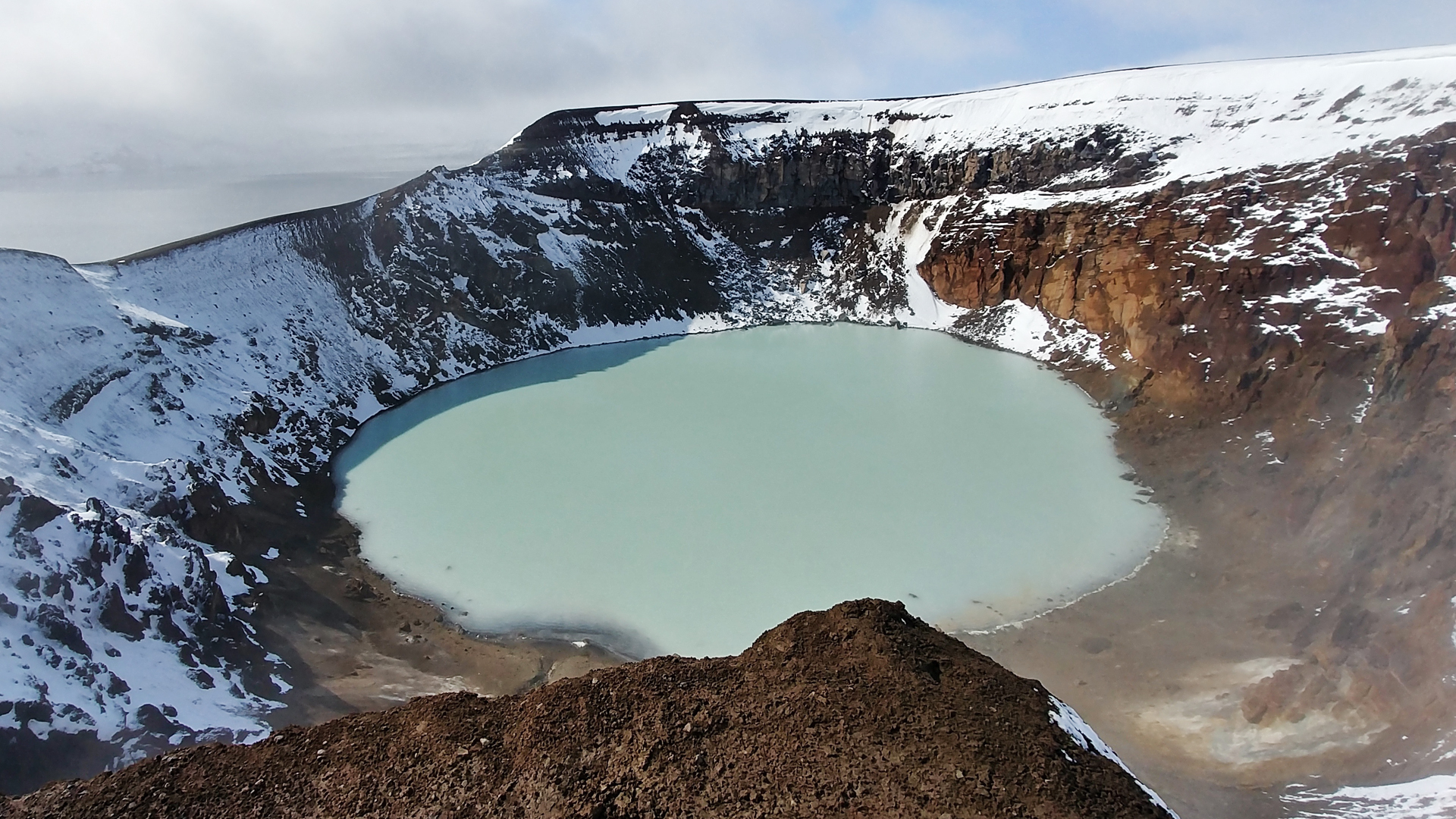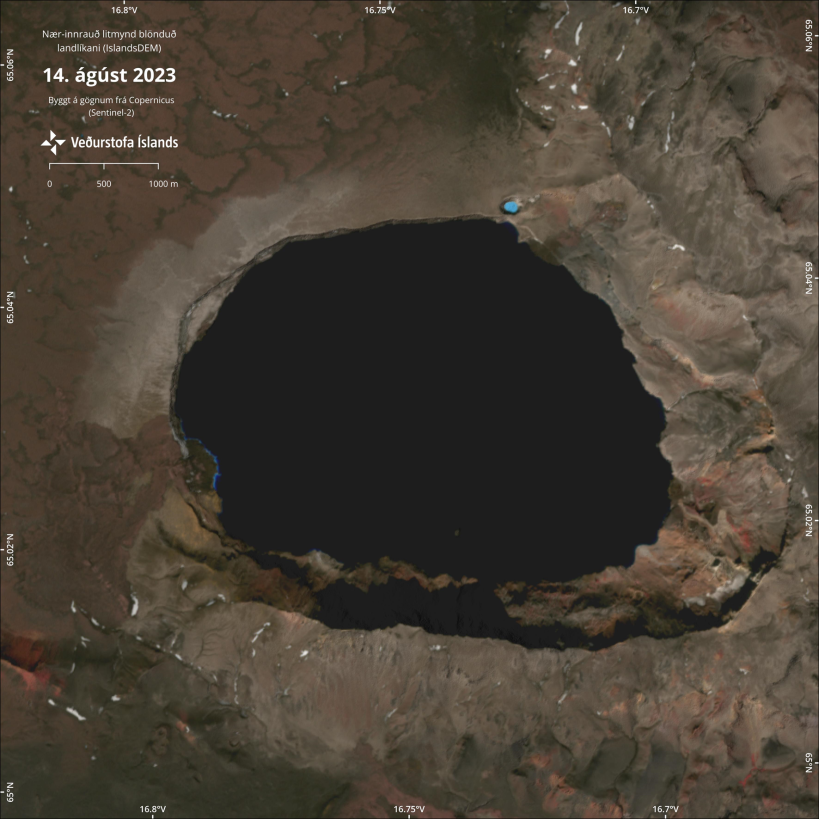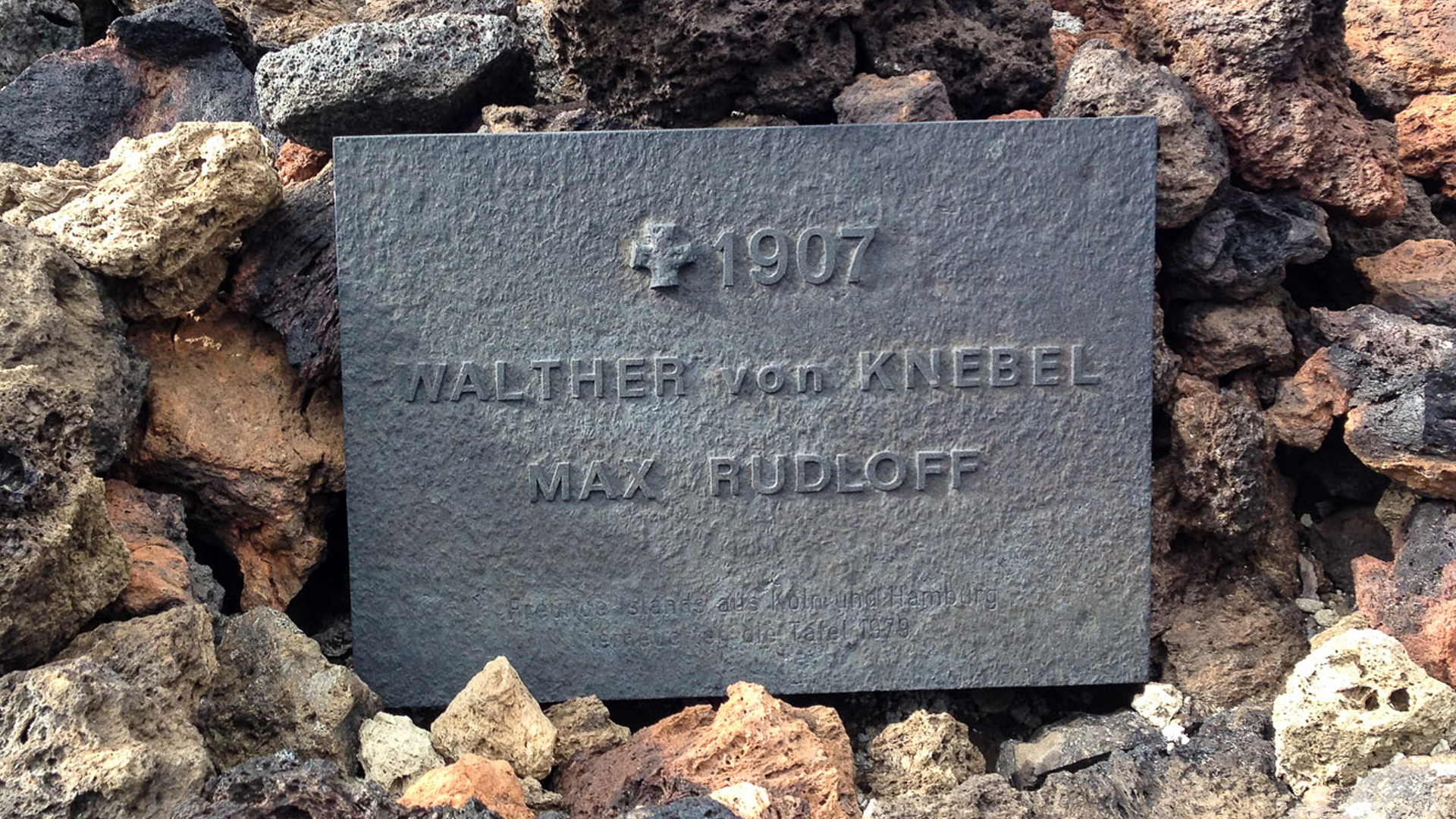
Askja is an active volcano nestled in Iceland’s remote northern highlands that boasts a history woven with seismic activity, eruptions, and geological marvels.
Askja Factsheet
Overview: Askja, an active volcano nestled in Iceland’s remote northern highlands, boasts a history woven with seismic activity, eruptions, and geological marvels. Its name, meaning “caldera” in Icelandic, reflects its complex of nested calderas within the Dyngjufjöll mountains.
Key Points:
- Formation: Askja’s calderas were forged through a sequence of violent volcanic events, creating its unique topography.
- 1875 Eruption: The most significant eruption occurred in 1875, propelling ash as far as Scandinavia and igniting a wave of emigration from Iceland.
- Scientific Significance: Askja served as a training ground for NASA’s Apollo astronauts, shaping their understanding of lunar geology.
- Recent Activity: Increased seismicity has heightened expectations of an imminent eruption, spotlighting the dynamic nature of the volcano.
- Volcanic Hazards: Potential hazards include lava flows, ash plumes, and pyroclastic flows, posing risks to local communities and aviation.
- Research Hub: The volcano continues to captivate geologists and researchers, offering insights into Earth’s inner workings.
Preparedness: Authorities closely monitor Askja’s activity, ready to implement safety measures if needed, and ensuring timely communication with the public.
Future Prospects: As Askja’s history blends with its impending eruption, geologists worldwide eagerly await the opportunity to study this geological spectacle, unraveling the mysteries of our planet’s powerful forces.
Media resources:
- Information for journalists
- Information for science communicators




